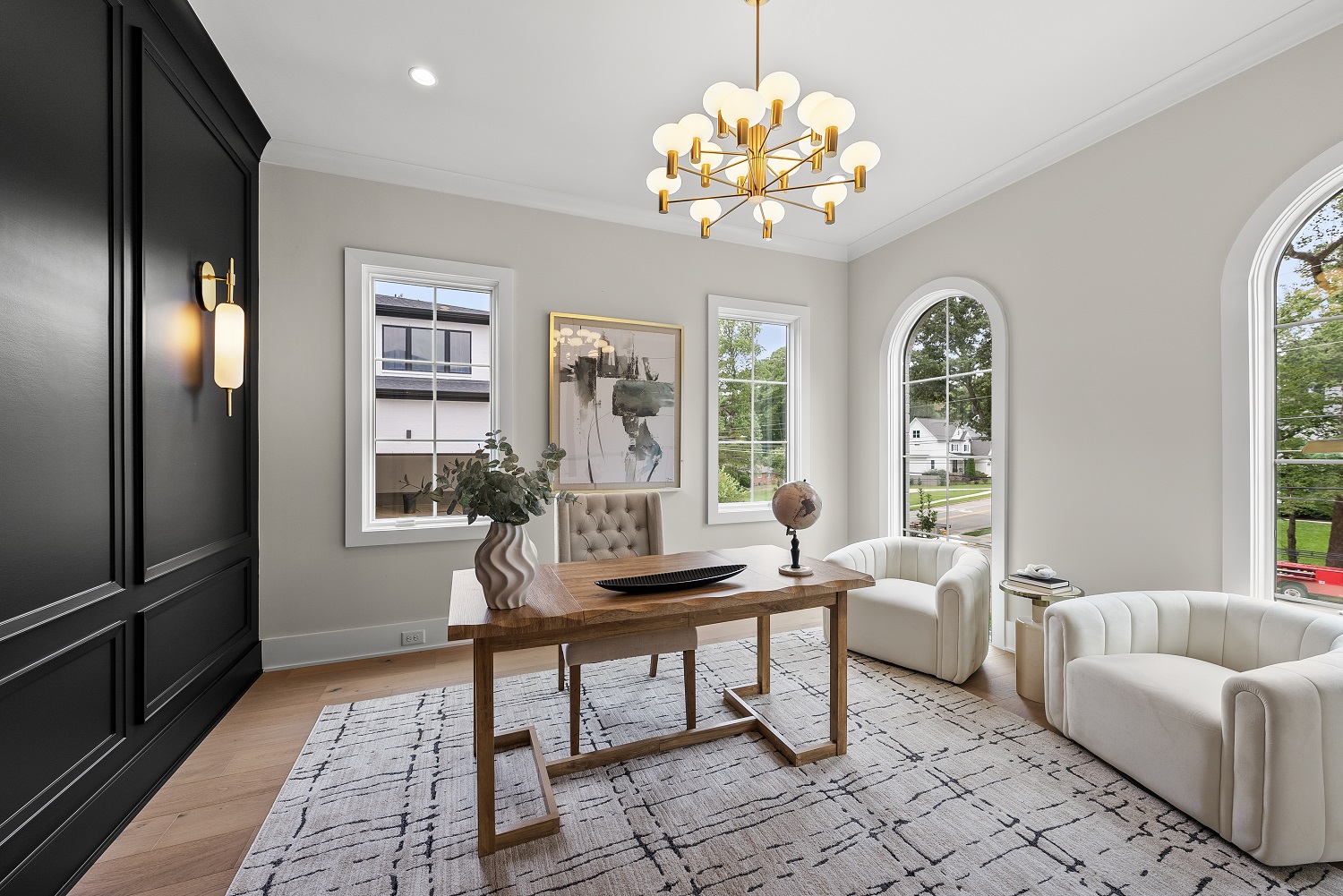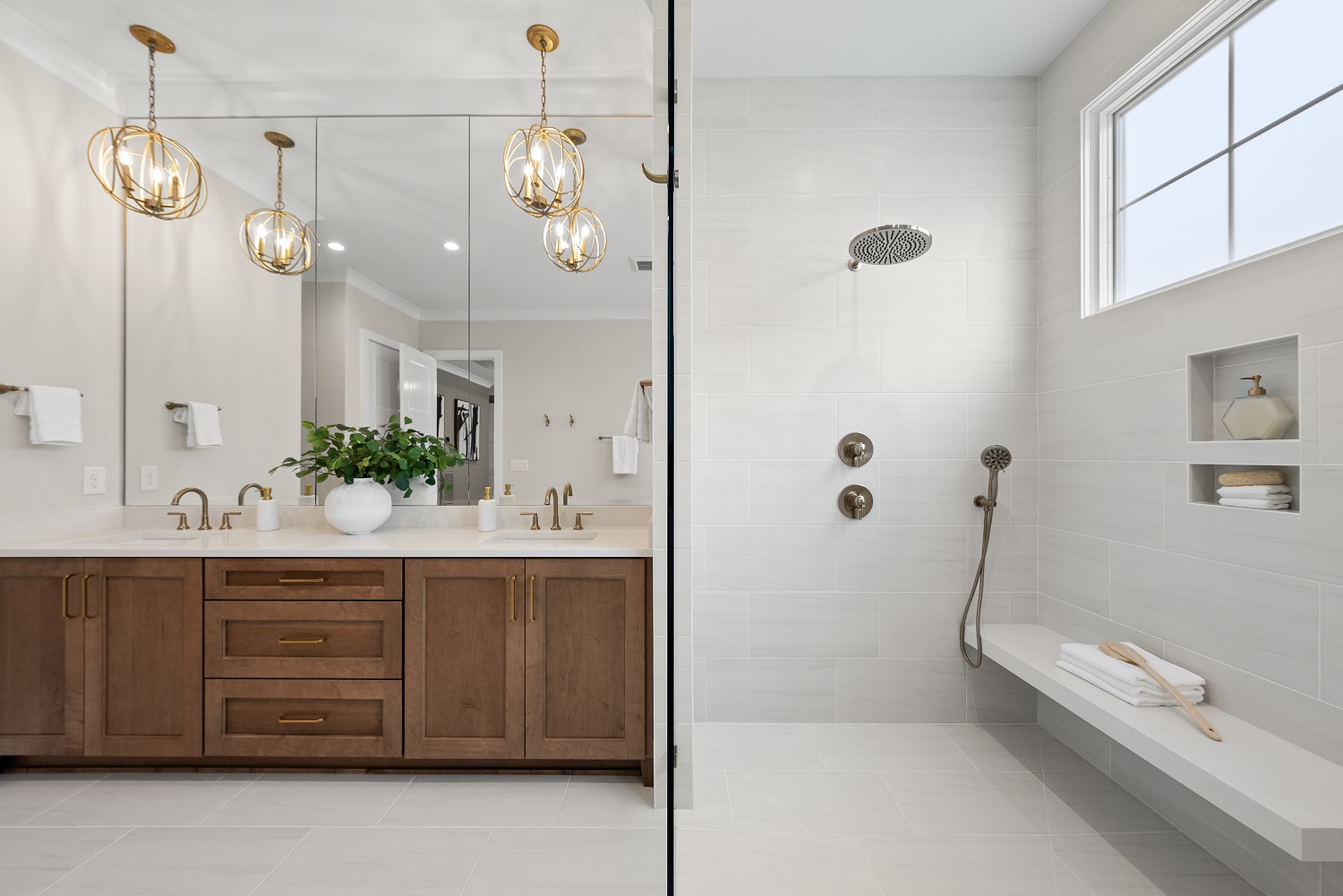Building a custom home is full of exciting decisions, from layout to lighting. But during the process, things can sometimes feel less clear than they should. That usually points to a gap in communication. Feeling unsure about what’s happening, why a timeline has shifted, or what next steps look like isn’t just frustrating. It can wear down your confidence in the project.
Many homeowners around Raleigh, NC face these issues when working with local home builders. As exciting as building your dream home is, it’s also filled with important conversations, decisions, and timelines. When those conversations stall or miss the mark, things don’t always go as planned. The good news is that understanding why these gaps occur can help you stay one step ahead and feel more in control during your home building journey.
Communication issues can show up in different ways during a home build. One person might hear a deadline and think it’s a promise, while another takes it as an estimate. Even if both sides are trying hard, the meanings don’t always match up. Here are a few of the most common reasons why gaps happen when working with local home builders in Raleigh.
Before even breaking ground, homeowners and builders need to be on the same page. But sometimes each group walks into the process with different ideas of how things will go. Homeowners may assume that certain features are standard, while builders may rely on past project templates. If this difference doesn’t come to light early on, it can create confusion and disappointment later.
Email, calls, texts, project portals — there are so many ways to get in touch now that conversations can get scattered. Without having one agreed-upon method and cadence for updates, small questions get overlooked, and important decisions can fall through the cracks. This can leave homeowners feeling out of the loop and unsure about what’s happening next.
It’s completely normal for a homeowner to change their mind mid-project. Maybe you find a new kind of flooring you like better or decide to switch up the kitchen layout. But if these changes aren’t carefully communicated, documented, or integrated into the project timeline, they can set off a ripple effect of confusion and delays. This kind of situation is especially sensitive because it involves expectations both before and after the change.
One example might be when a homeowner decides to change their countertop material after the order has been placed. Without a conversation about how that impacts budget, timeline, and design, the builder may move forward one way while the homeowner expects another. That’s a recipe for stress and frustration on both sides.
Understanding where these missteps happen is the first part of building a better process. Next, let’s look at how to fix them before they get in the way.

Once you understand where communication gets off track, the next step is finding ways to prevent it. Clear, consistent communication doesn’t just make the homebuilding process smoother. It also helps everyone feel more confident in the work being done. Here are a few ways to open the lines and keep them that way.
– Hold Regular Meetings: Weekly check-ins can go a long way. Whether in person or over the phone, these meetings help everyone stay on the same page and give homeowners a chance to ask questions or raise concerns. Don’t wait until something small becomes big.
– Write Everything Down: Verbal agreements are great in the moment, but they’re easy to forget. Contracts, build specs, upgrade selections, and timeline notes should all be written out. Having these kinds of details documented really helps when referring back to what was decided earlier.
– Use Tools That Centralize Info: Project apps or digital dashboards can help keep files, progress updates, and communications in one place. Instead of sorting through emails and texts, everyone knows where to look for answers or updates. This is especially helpful on larger custom builds with a lot of moving parts.
By using a simple system for tracking decisions and staying in touch, both the homeowner and builder can feel more confident from start to finish. These tools don’t have to be complicated. They just need to be consistent.
Homeowners should be ready to stay involved during the building process, but a lot of the responsibility for good communication rests with the builder. The way a builder manages projects, stays in touch, and responds to feedback all play a big part in how smooth the build goes.
First, builders should lead the conversation without waiting to be asked. That means updating clients regularly, letting them know where the project stands, and giving a heads-up if something might shift. It’s also about explaining why decisions are made, especially if there’s a change from the original plan.
Just as important is listening. A builder who takes time to understand what matters most to their clients can avoid many missteps. Whether it’s non-negotiables about layout or style preferences that may impact product choices, paying close attention early can help prevent hard conversations later.
One example might be a homeowner who prefers updates by text because they work odd hours. If the builder insists on calling during a regular workday with no backup, key info could be missed. A good builder makes a note of things like this and adjusts to work with the client’s communication style, not against it.
When builders take the time to be clear, prompt, and flexible, it shows in the outcome. The custom home ends up being a product of both smart construction and strong collaboration.

For homeowners in Raleigh, finding the right local home builders goes beyond checking past projects. A builder’s communication style often determines how smooth the experience will be. You want someone who’s open, honest, and responsive — someone who can handle your questions without making you feel like a bother.
Here are a few ways to spot strong communication early:
– Look Through Reviews: Skip the ones that just say “great experience” and pay close attention to comments about how the builder responded to problems or shared updates. These details give a better sense of how the company actually works with clients.
– Pay Attention During the First Meeting: If someone doesn’t return calls, reschedules often, or doesn’t seem to listen when you talk, those things probably won’t improve later. The first meeting is a preview of how the rest of the process will go.
– Ask Real Questions About Process: Good home builders won’t shy away from outlining how they handle project changes, keep homeowners in the loop, or manage delays. If they dodge these questions, that’s something to take seriously.
Choosing a builder is just as much about how they communicate as it is about their past builds. A strong track record doesn’t count for much if the process gets lost in poor communication. Do your homework and ask clear, direct questions from the start.
Communication gaps are one of the biggest reasons custom home projects hit bumps. But when you know how those gaps happen and what to look out for, you’re already better prepared. With clear planning and consistent check-ins, your home build can move forward without all the second guessing.
Whether you’re building your first home or going through the process again, working with local home builders in Raleigh who take communication seriously really makes a difference. Staying informed and involved not only helps avoid setbacks — it lets you enjoy the experience more. And when your new home is finally complete, you’ll feel just as good about the process as you do walking through the front door.
When you’re ready to build your dream home and want a seamless experience with local home builders, contact Homestead Building Company. We’re here to bring your vision to life with clear communication, attention to detail, and a process that keeps you informed from start to finish.